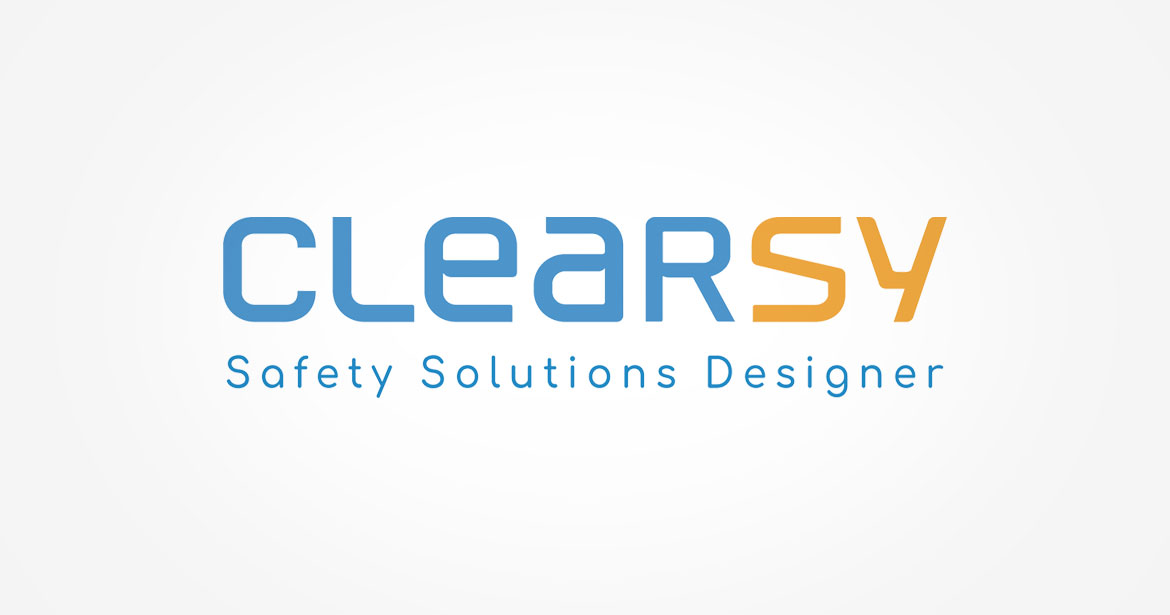CLEARSY a été fondée au 1er Janvier 2001 par l’équipe d’ingénieurs auteurs de l’industrialisation de l’outil de modélisation formelle nommé Atelier B, utilisé dans le secteur du ferroviaire pour réaliser les logiciels de sécurité.
La création de CLEARSY a été motivée par deux idées principales :
- Développer les méthodes et outils de type formels
- Développer des logiciels et des systèmes qui justifient l’utilisation de méthodes formelles
CLEARSY est maintenant constituée d’ingénieurs, consultants et experts dans différents domaines de l’ingénierie (Système, mécanique, électronique, logiciel, sûreté de fonctionnement) et dispose d’outils informatiques et d’un laboratoire électronique permettant la réalisation de prototypes et d’essais.
Des collaborations avec des laboratoires et partenaires industriels permettent d’assurer la production de différentes composantes systèmes (Capteurs et interfaces).
CLEARSY comprend aujourd’hui trois activités :
1- Une activité développement d’outils : Atelier B (B method tool), CLEARSY DATA SOLVER, outil de simulation ERTMS, outils de visualisation de courbe de freinage baseline 3, DAME (outil de supervision et d’aide à la maintenance), interface DMI, développement de méthodes et de prototypes au sein de projets de R&D industriels et Européens, développement d’outils d’ingénierie industriels spécifiques.
2- Une activité d’ingénierie, basée sur la réalisation de projets à engagement de résultats pour concevoir et/ou valider les systèmes et les logiciels.
3- Une activité d’assistance technique dans les domaines : du formel, du développement, test et validation logiciel et électronique, et de la sûreté de fonctionnement

L’originalité de CLEARSY se trouve dans ses compétences à la fois en Système, en Logiciel, en Sûreté de Fonctionnement et dans la maîtrise de l’utilisation de méthodes formelles.
Celles-ci sont utilisées :
- en phase de spécification pour valider les spécifications, démontrer sa cohérence et représenter le système sous forme de maquette numérique et graphique.
- en phase de réalisation des logiciels sécuritaires pour démontrer qu’ils répondent à leur spécification, et qu’il ne subsiste pas d’erreur de codage.
Les clients de CLEARSY sont de grands industriels et donneurs d’ordre, essentiellement situés dans les secteurs du transport ferroviaire, routier et de l’énergie. Les projets de CLEARSY concernent actuellement essentiellement la réalisation de systèmes sûrs selon les normes 61508, 61513, 50126, 50128, 50129.
CLEARSY est membre actif du pôle de compétitivité mondial SCS (Solutions Communicantes Sécurisées) dédié aux technologies numériques. Créé en 2005 en région Provence Alpes Côte d’Azur, il regroupe un écosystème de près de 300 acteurs industriels, grands groupes, PME et startups, des laboratoires de recherche et universités qui travaillent ensemble afin de développer et commercialiser des produits et services innovants pour générer croissance et emplois sur des marchés porteurs.
Le pôle SCS a labellisé le projet FUI LCHIP (Low Cost High Integrity Platform) qui a conduit à l’invention de la CLEARSY Safety Platform.
